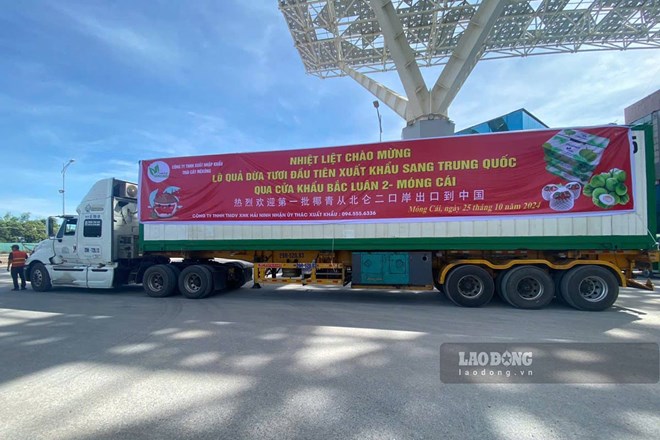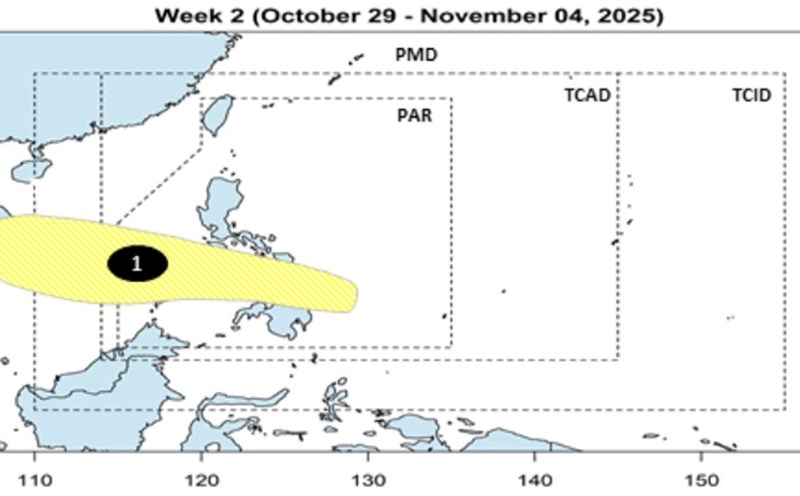The Thai fragrant coconut industry is going through the most serious crisis in many years, when coconut prices have dropped to less than half of production costs - while Vietnam is quickly dominating the Chinese market thanks to its advantage of geographical location, large scale and stable quality.
According to independent agricultural management expert Tattawin Saruno, by October 21, 2025, the purchase price of coconuts in the garden in Songkhla province will be only 2-3 baht (1 600-2,400 VND)/fruit, while the average production cost of farmers is 4-5 baht (3,200-4,000 VND)/fruit. In many localities, traders refuse to buy, causing a series of coconut gardens to have their fruits fallen off or rot on the trees.
With an annual output of about 500 million fruits, just a decrease of 1 baht (800 VND) has caused the Thai coconut industry to lose up to 500 million baht (400 billion VND), threatening the entire export industry that was once worth tens of billions of baht per year.
According to The Nation, the main reason is said to be Vietnam's strategic turning point in 2024, when signing the Protocol on exporting fresh coconuts to China - the world's largest consumer market. Immediately after that, Vietnam's coconut exports exploded, especially from the end of 2024 to the beginning of 2025, coinciding with the time when Thai coconut prices fell freely.
The Chinese market, which previously depended on Thai supply, has strongly shifted to Vietnam, Tattawin said. According to Vietnamese press, exports of fresh coconut and processed coconut to China in 2025 will increase by hundreds of percentage points compared to the previous year.
While global coconut demand has increased sharply, from 3.5 billion USD in 2023 to an expected 8.2 billion USD in 2032, Vietnam has taken advantage of the opportunity with a clear strategy.
Regarding orientation, the Vietnamese Government has included coconut in the group of 6 national key industrial crops.
In terms of scale and infrastructure, the Mekong Delta alone (especially Ben Tre - the "coconut capital") achieves an output of nearly 2 million tons/year. The number of processing factories skyrocketed from 8 (in 2015) to 45 (in 2024).
In terms of geographical advantages, Vietnam is closer to China, helping to reduce transportation costs and delivery time.

Thanks to that, Vietnam's coconut export turnover increased from 180 million USD in 2010 to more than 900 million USD in 2023, expected to exceed 1 billion USD in 2024, with most of the revenue coming from high-value processed products.
In contrast, the Thai coconut industry is being seen as lacking in strategy and no longer competitive. While Vietnam has certified organic for nearly 1/3 of the growing area, Thailand is still considered to have uneven quality, broken production, and dependence on traders.
The provinces of Ratchaburi and Samut Sakhon, the country's largest coconut center, are being hit hardest. Many farmers believe that they are "abandoned" in the volatile market.











